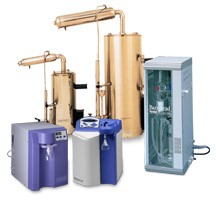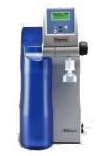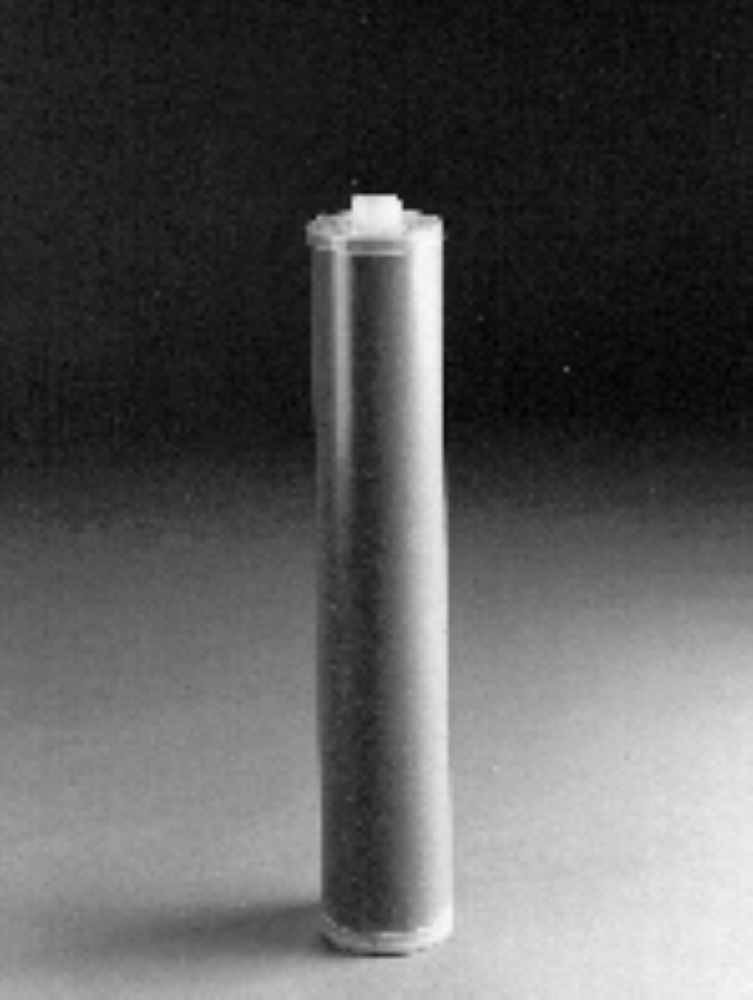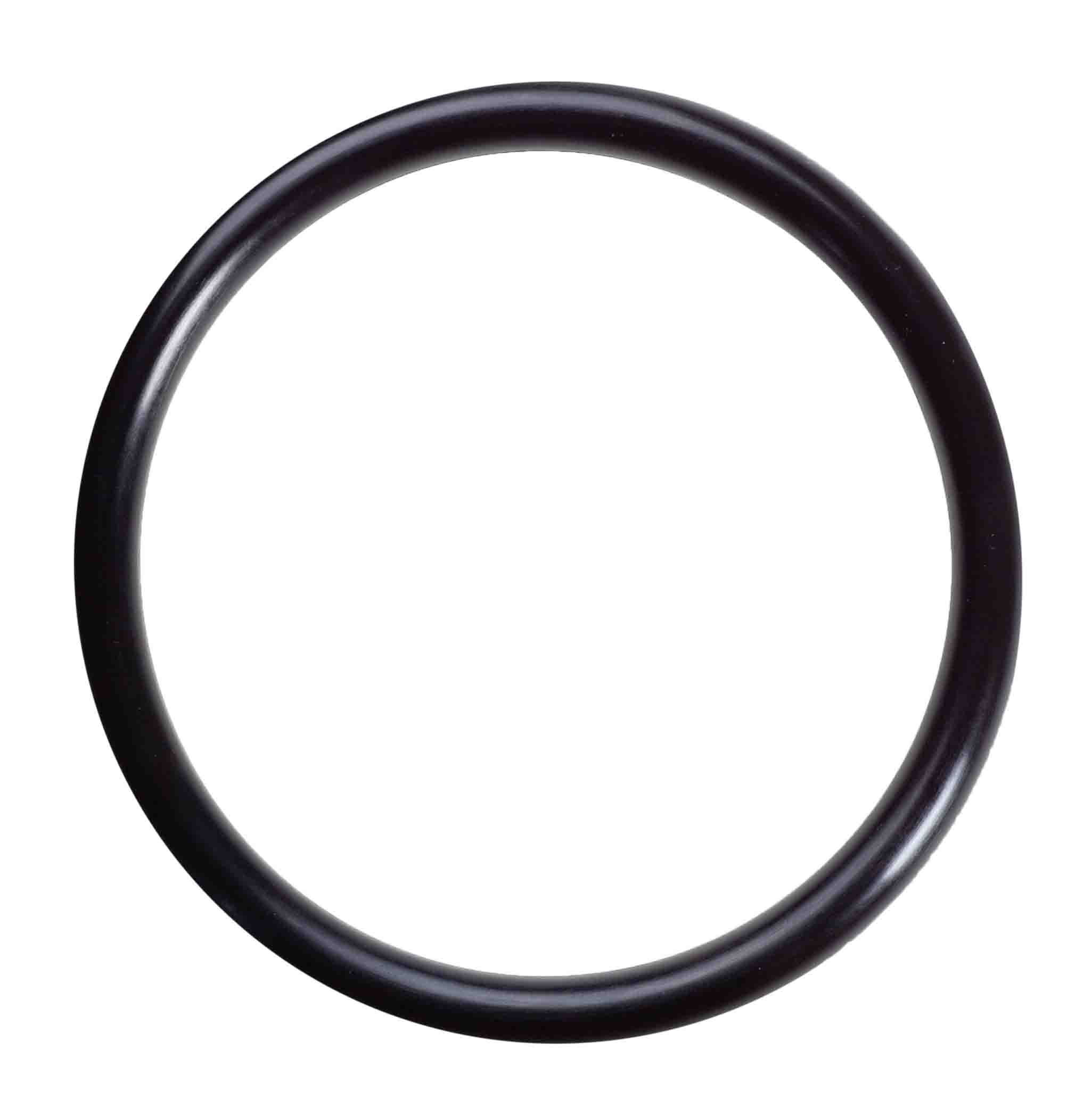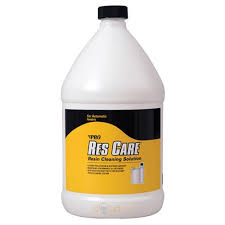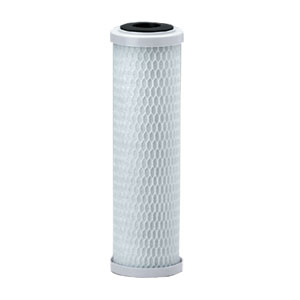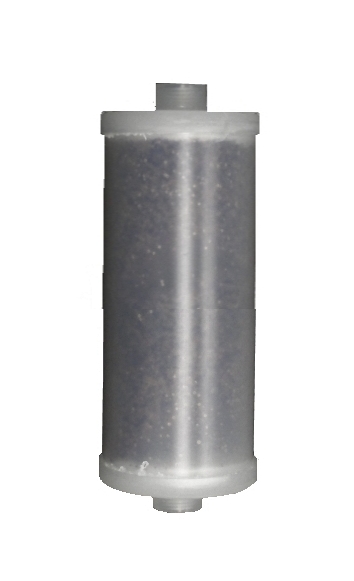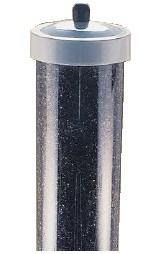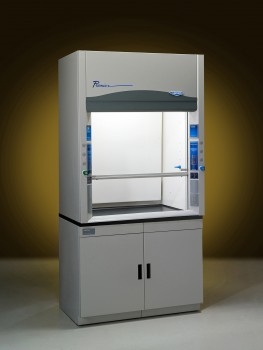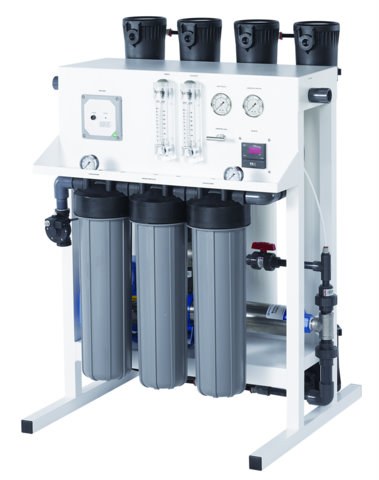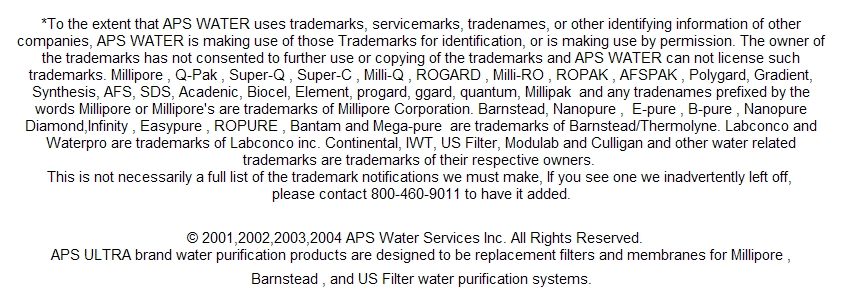Q: Where does our household water come from?
A: All of the water that we use in our homes comes from either a ground-water source, such as a well, or from a surface-water source, such a river, lake, or reservoir. In the U.S. in 2000, about 240 million of the 285 million people in the United States got their home water delivered by a public supplier, such as the county water department. At other homes, people provide water for themselves from sources, such as a well, a cistern, a pond, or a stream.
Q: Where does it go after we are done with it?
A: Water leaving our homes generally goes either into a septic tank in the back yard where it evaporates or seeps back into the ground, or is sent to a sewage-treatment plant through a sewer system. In 1995, the last year for which consumptive-use data was compiled, about 26 percent of the water coming from our homes was "consumptively used." That is, it was evaporated or transpired from yards. The other 74 percent was discharged to septic tanks or sewage-treatment plants, where it was cleaned and sent into streams, or sometimes reused for other purposes, such as watering golf courses and parks.
Q: How much water does the average person use at home per day?
A: Estimates vary, but each person uses about 80-100 gallons of water per day. Are you surprised that the largest use of household water is to flush the toilet, and after that, to take showers and baths? That is why, in these days of water conservation, we are starting to see toilets and showers that use less water than before. Many local governments now have laws that specify that water faucets, toilets, and showers only allow a certain amount of water flow per minute. In fact, if you look real close at the head of a faucet, you might see something like "1.5 gpm,", which means that the faucet head will allow water to flow at a maximum of 1.5 gallons per minute.
Q: How is water supplied to our homes?
A: In a modern society such as ours, much work goes into supplying our houses with water. Many years ago when everyone lived in rural areas, they would have to get their own water from rivers or from local wells. Nowadays, most people in the U.S. live in towns and cities, and communities have installed an organized structure called a public water-supply system to provide water to homes (and to some businesses and industries, too). Now, even many rural areas have similar systems. In 2000, the U.S. had a population of about 285 million. About 240 million people had their water delivered from a public-supply system, and about 45 million people supplied their own water (over 90 percent of these people use water from their own wells).
Q: How is the water I drink made safe?
A: Different treatment is used depending on the source of your water. Ground water taken from wells has been filtered through rocks, so it is usually quite free of particles. It can still contain chemicals and organic matter that must be taken out, though. If your water comes from a surface-water source, such as a river, some work must be done to get rid of particulate matter. In this case filters are used to screen out large particles, and at a minimum, chlorine is added to kill dangerous bacteria and microorganisms. Some systems have additional water treatment, such as adding chemicals to make matter bunch up (flocculate) and fall out of solution and adding chemicals to make the water less corrosive to metal.
Q: Is it true that water coming out of sewage treatment plants is used for other purposes?
A: Yes, it is called reclaimed wastewater, though its use is limited. Before you start to feel ill, no, it is not used further down the line as drinking water. It is most often used for irrigation and for water parks and golf courses. In the U.S. in 1995 (the last year for which wastewater-treatment data was compiled) about 44,400 wastewater-treatment plants sent about 44,600 million gallons per day of treated water back into the environment. About 983 million gallons per day was used again (reclaimed) after treatment, mainly as irrigation water.
Q: I live on a hill, how does water get to my house?
A: Let's assume that you get your water from the local water department through pipes buried below the streets. In other words, you don't have your own well in your back yard. Chances are that you get your water through the magic of gravity or pumps. Cities and towns build those big water towers on top of the highest hills and then fill them with water. So even if you live on a hill, there's a good chance the water tower is higher than your house. Water goes down a large pipe from the tower and through an intricate network of pipes that eventually reaches your house. One way to assure that you have enough water pressure at your house is to make the pipes smaller and smaller as they get further away from the water tower. But, still, water pressure diminishes as it travels along those miles of pipes. That is why the house at the end of a big subdivision might have less water pressure than the house at the front.
A: In other words, when I have a big storm over my house, just how much rain am I getting? Let's say your house sits on a one-half acre lot. And let's say you get a storm that drops 1 inch of rain. You've just received 13,577 gallons of water on your yard! A big bath holds about 50 gallons of water, so if you could save that inch of water that fell you could take a daily bath for 271 days! (Careful now, that 13,577 gallons of water weighs over 56 tons ... so don't put it in your bathtub all at once).
Let's expand that to a city. Atlanta, Ga. had corporate boundaries that cover about 87,000 acres (1988). A 1-inch rainstorm deposits 27,152 gallons on one acre, so during this storm Atlanta receives 2.36 billion gallons of water.
Q: Does a little leak in my house really waste water?
A: It's not the little leak that wastes water -- it is the little leak that keeps on leaking that wastes water. And the fact that the leak is so little means that maybe you ignore it. So, how can a little leak turn into a big waste? Many of our toilets have a constant leak -- somewhere around 22 gallons per day. This translates into about 8,000 gallons per year of wasted water, water that could be saved. Or think of a leaky water line coming into your house. If it leaks 1 gallon of water every 10 minutes that means that you are losing (and paying for) 144 gallons per day, or 52,560 gallons per year.
http://ga.water.usgs.gov/edu/qahome.html
|
